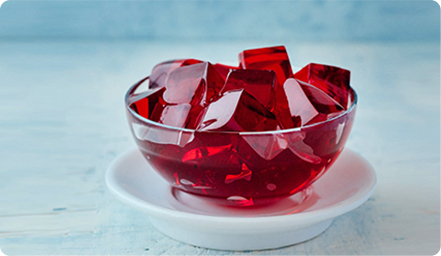-
July, 26,2025
Understanding the Role of Bloom Strength in Soft Gelatin Capsules
-
July, 25,2025
Bloom Strength and Its Impact on Hard Gelatin Capsules
-
July, 21,2025
How Gelatin Is Revolutionizing Pet Food: A Healthier Option for Dogs
-
June, 22,2025
Collagen as a Trusted Ingredient: Meeting Global Demand with Reliable Supply
Fining with Gelatin: A Complete Guide to Its Process, Benefits, and Applications
Fining with gelatin is a time-tested technique used in winemaking, brewing, and juice production to clarify beverages and enhance their quality. By removing haze-forming particles and reducing bitterness, this natural process helps producers achieve clear, stable, and great-tasting drinks. In this guide, we’ll explore how fining with gelatin works, its benefits, best practices, and suitable alternatives.

What is Fining with Gelatin?
Fining with gelatin is a widely used technique in the beverage industry, particularly in winemaking and brewing, to clarify liquids by removing suspended particles. The process involves adding gelatin, a natural protein derived from collagen, to the liquid, where it acts as a coagulant that binds with unwanted impurities, allowing them to settle at the bottom for easy removal.
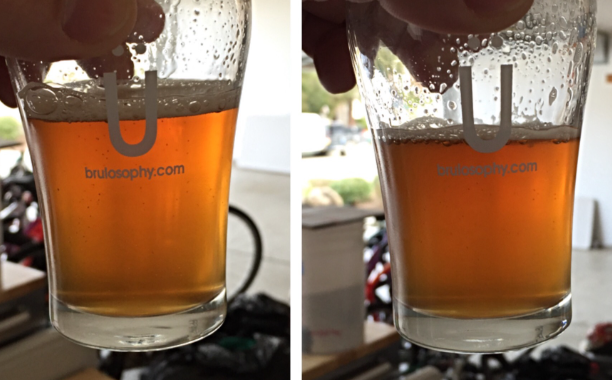
Why is Fining Necessary?
Fining is essential for enhancing the visual clarity, stability, and taste of beverages. In wine and beer, excess proteins, phenolics, and tannins can create haziness, bitterness, or astringency. Fining with gelatin ensures that these unwanted substances are removed efficiently without compromising the overall quality of the drink.
How Does Fining with Gelatin Work?
The Science Behind Gelatin Fining
Gelatin is a positively charged protein that attracts negatively charged particles in liquids, such as tannins and polyphenols. When added to wine or beer, it binds with these compounds, forming larger aggregates that precipitate and settle to the bottom. This process is known as flocculation.
Steps for Fining with Gelatin
-
1. Preparation of Gelatin Solution
-
·Measure the appropriate amount of gelatin based on the volume of liquid to be fined.
-
·Dissolve the gelatin in warm, non-boiling water, stirring continuously.
-
·Allow the solution to cool to room temperature before adding it to the beverage.
-
-
2. Addition to the Beverage
-
·Slowly pour the prepared gelatin solution into the liquid while gently stirring.
-
·Ensure even distribution to maximize its effectiveness.
-
-
3. Settling Period
-
·Let the fined liquid sit undisturbed for 12-48 hours.
-
·During this time, the particles bound with gelatin will sink to the bottom.
-
-
4. Racking or Filtration
-
·Carefully transfer the clarified liquid to a clean vessel, avoiding the sediment.
-
·If needed, use filtration to ensure maximum clarity.
-
Benefits of Fining with Gelatin
Improved Clarity
Fining with gelatin significantly enhances the transparency of wine and beer by removing haze-forming particles. This is particularly important for commercial beverages where visual appeal is key.
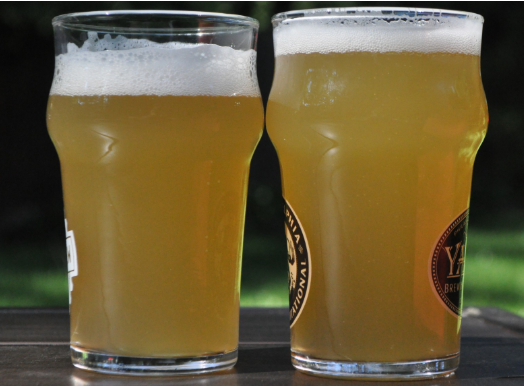
Reduction of Astringency and Bitterness
Excess tannins and polyphenols can contribute to an overly bitter or astringent taste. Gelatin fining helps to smooth out the flavor, making the final product more palatable.
Stabilization and Longevity
By eliminating unstable compounds, fining with gelatin helps prevent future sedimentation and haze formation, thereby improving the stability and shelf life of the beverage.
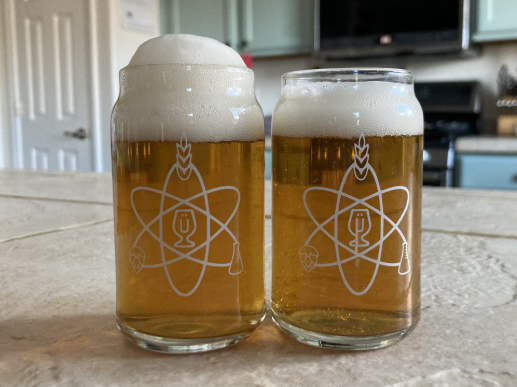
Gentle and Effective Process
Unlike some fining agents, gelatin is gentle on the liquid and does not strip away desirable flavors and aromas, ensuring the beverage retains its intended characteristics.
Applications of Fining with Gelatin
Winemaking
Gelatin fining is commonly used in red and white wines to soften tannins and improve clarity. It is particularly useful for:
-
·Removing bitter tannins in young red wines.
-
·Enhancing brightness and brilliance in white wines.
-
·Preparing wine for bottling by ensuring a clear, stable product.
Brewing Industry
Brewers use gelatin fining to clarify beer before packaging. Key benefits include:
-
·Faster clarification compared to natural settling.
-
·Reduced chill haze in lagers and pale ales.
-
·Improved mouthfeel by eliminating harsh proteins.
Juice and Cider Production
In fruit juices and ciders, fining with gelatin helps remove pectin haze and unwanted suspended solids, leading to a cleaner, more appealing beverage.
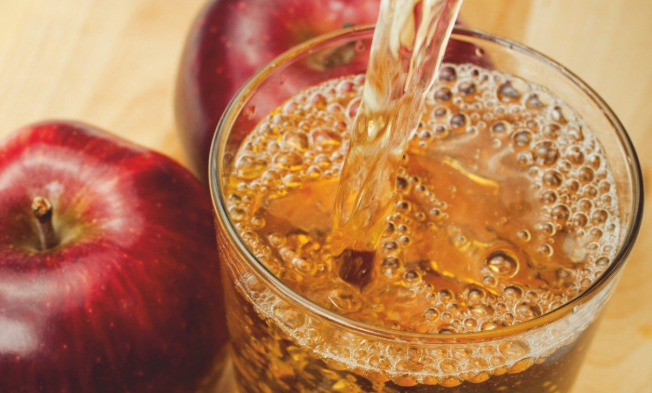
Choosing the Right Type of Gelatin for Fining
Food-Grade vs. Technical-Grade Gelatin
-
·Food-grade gelatin is commonly used in beverages as it is safe for consumption.
-
·Technical-grade gelatin may contain impurities and is not recommended for food products.
Powdered vs. Sheet Gelatin
-
·Powdered gelatin is easier to dissolve and measure accurately.
-
·Sheet gelatin provides consistent results but requires proper hydration before use.
Factors Affecting the Efficiency of Fining with Gelatin
pH Level of the Beverage
Gelatin fining is most effective in beverages with a pH range between 3.0 and 4.5. Wines and beers outside this range may require pH adjustment before fining.
Temperature Considerations
The fining process works best at cool temperatures (around 10-15°C or 50-59°F). Excessive heat can reduce gelatin's effectiveness, while extremely cold conditions can slow down sedimentation.
Dosage and Contact Time
-
·Too little gelatin may not remove all unwanted particles.
-
·Too much gelatin can lead to over-fining, potentially stripping desirable flavors.
-
·Contact time should be carefully monitored to achieve optimal results.

Potential Downsides and Considerations
Over-Fining Risks
Excessive use of gelatin can result in loss of body and flavor. It is crucial to conduct bench trials before applying gelatin fining on a larger scale.
Vegan and Vegetarian Concerns
Since gelatin is derived from animal collagen, it is unsuitable for vegan or vegetarian consumers. Alternative fining agents, such as bentonite or pea protein, may be used instead.
Regulatory Compliance
Depending on the country, regulations regarding the use of gelatin in alcoholic beverages may vary. It is essential to ensure compliance with local food and beverage laws.
Alternative Fining Agents
For those seeking non-animal-based alternatives, several options are available:
-
·Bentonite: A clay-based fining agent effective in white wines.
-
·Pea Protein: A plant-based alternative for vegans.
-
·Silica Gel: Commonly used in beer to reduce haze-forming proteins.
Final Thoughts
Fining with gelatin is an efficient, cost-effective method for clarifying beverages while preserving their quality and stability. Whether used in winemaking, brewing, or juice production, this technique offers numerous benefits, including enhanced clarity, reduced bitterness, and improved shelf life. However, careful consideration of dosage, pH levels, and regulatory requirements is necessary to achieve the best results. For those seeking alternative fining methods, various plant-based and mineral-based options are available to suit different needs.
By understanding the process and best practices of fining with gelatin, beverage producers can ensure a high-quality end product that meets consumer expectations.
Looking for a dependable gelatin partner? Funingpu gelatin offers premium-grade solutions for beverage fining and more. Explore their full range of gelatin powder wholesale options from a certified edible gelatin manufacturer.
Phone: +86-577-88105990
Mobile: +86-138 5886 1938
Official Website: www.fnp-gelatin.com
Email: sales@funingpu.com
Address: No. 1-10 Wenpu Road, Yacheng Town, Xiapu County, Ningde City, Fujian Province

